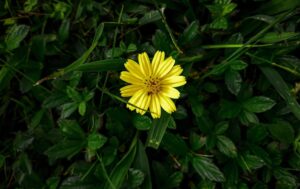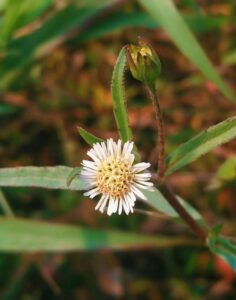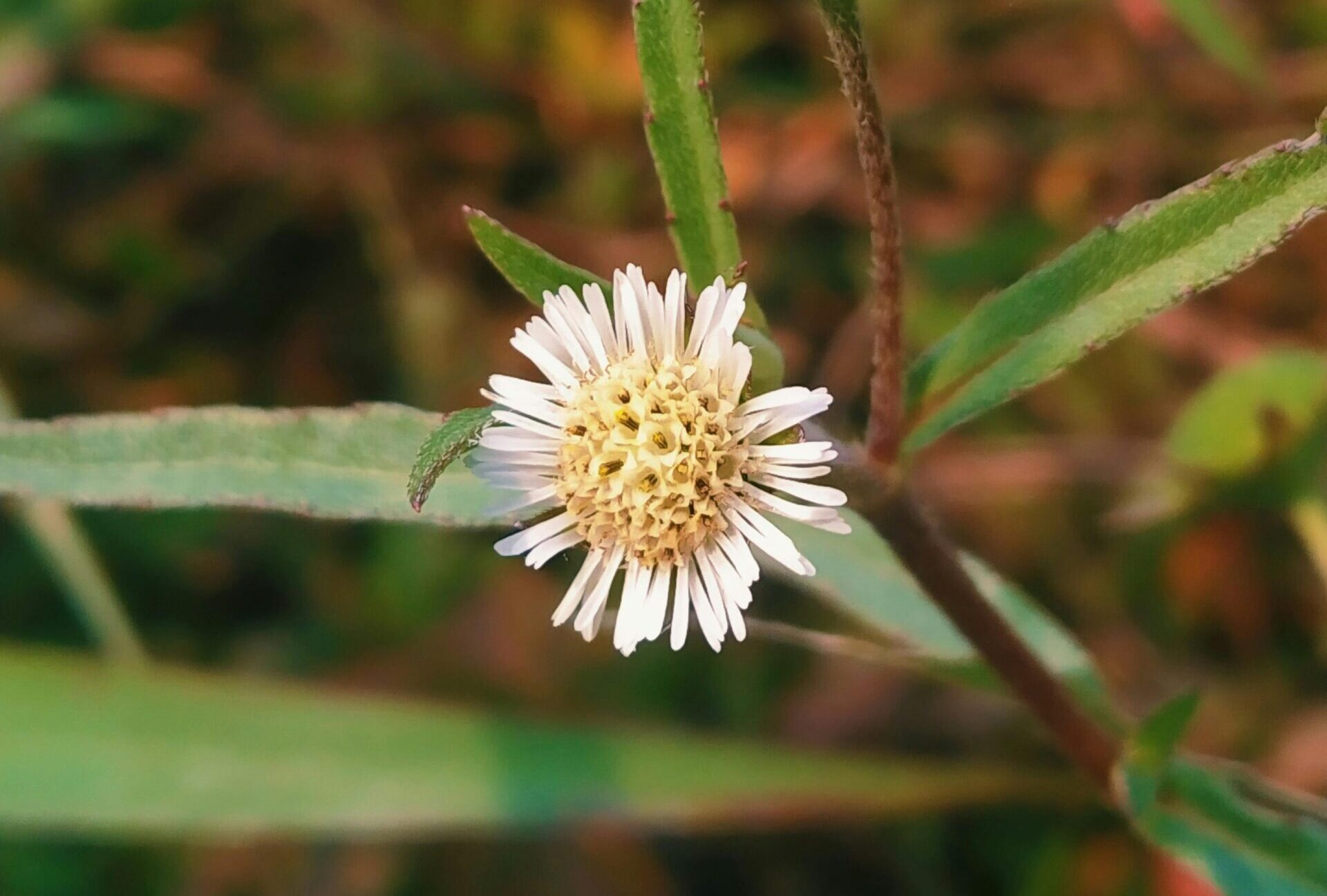Have you ever come across the name Kesavardhini and wondered what makes this plant so special? Maybe you are curious about its uses in traditional medicine, or perhaps you are just looking for a versatile plant to grow in your garden.
This post will give you everything you need to know—from its origins to its benefits, care tips, and surprising facts. By the end, you will know exactly why this plant deserves a place in your home or garden.
Introduction
The Kesavardhini plant is admired for its unique medicinal properties and cultural importance in India. Its name itself hints at its primary benefit—promoting hair growth and health. Beyond that, it carries ornamental value and adds a touch of greenery to homes.
For those who love combining natural remedies with gardening, this plant is both useful and meaningful. Let us first look at a quick overview of its features.

Quick Description Table
| Feature | Description |
|---|---|
| Common Name | Kesavardhini |
| Botanical Name | Eclipta prostrata |
| Plant Family | Asteraceae |
| Native Region | Asia, South America, and tropical areas worldwide |
| Growth Habit | Low-growing, spreading herb |
| Leaf Appearance | Green, lance-shaped leaves |
| Flower Color | Small, white flower heads |
| Traditional Use | Hair growth tonic, herbal medicine |
| Growing Condition | Thrives in moist soil, moderate sunlight |
| Lifespan | Perennial herb, often grown as an annual in some climates |
History and Origin
The word “Kesavardhini” is a vernacular and commercial name, while “Bhringraj” (Eclipta prostrata) is the scientific and Ayurvedic name of the plant.
In classical Ayurveda texts, the plant is called Bhringraj.
In everyday use, especially in South India, people began calling it Kesavardhini because of its strong link to hair growth (“Kesa” = hair, “Vardhini” = enhancer).
Over time, “Kesavardhini oil” became a popular marketed product name. This oil almost always contains Bhringraj extract as the main ingredient, sometimes with other herbs added.
It is deeply rooted in Indian Ayurveda and traditional medicine. The plant is often associated with the herb Bhringraj (Eclipta prostrata), a well-documented species known for its rejuvenating effects on hair, skin, and liver health.
Growing Conditions
Kesavardhini is relatively easy to grow. It thrives in warm climates and does not require extensive care.
- Soil: Prefers well-drained, fertile soil with good moisture content. Loamy soil works best.
- Water: Keep soil moist but not waterlogged. Regular watering is essential in dry conditions.
- Sunlight: Grows well in full sunlight to partial shade. Avoid deep shade as it reduces growth.
- Temperature: Best in tropical and subtropical climates. Ideal temperature is 20°C to 32°C.
This plant can adapt to garden beds, pots, or even open fields, making it versatile for different growers.

Variety
While Eclipta prostrata is the plant most commonly linked to Kesavardhini, variations can be observed based on growing regions and local traditions.
- Green-leaf type: Most common, used in oils and powders for hair care.
- Wild-growing type: Found in fields and wastelands, often more resilient.
- Cultivated type: Specifically grown for medicinal and cosmetic industries.
Though not as diverse as ornamental plants, these small distinctions play a role in how the plant is used commercially and domestically.
Care Tips
Caring for Kesavardhini is straightforward, making it a beginner-friendly plant.
- Pruning: Trim regularly to encourage bushy growth and prevent legginess.
- Repotting: If grown in pots, repot annually with fresh soil to maintain vigor.
- Fertilizing: Use organic compost or mild liquid fertilizer once a month during active growth.
- Propagation: Can be propagated by seeds or stem cuttings. Seeds germinate quickly in warm, moist soil.
- Weeding: Since it is a low herb, keep weeds in check to avoid competition.
With consistent care, the plant grows quickly and stays healthy.
Common Problems and Solutions
Even though it is hardy, Kesavardhini can face certain challenges.
- Pests: Aphids and whiteflies may attack the leaves. Spray with neem oil or mild soap solution.
- Diseases: Root rot can occur if the soil remains waterlogged. Ensure proper drainage.
- Yellowing Leaves: Usually a sign of nutrient deficiency. Add compost or organic fertilizer.
- Stunted Growth: Caused by lack of sunlight. Move the plant to a brighter spot.
- Powdery Mildew: Appears in damp conditions. Use a natural fungicide spray.
Addressing these issues early keeps the plant thriving.

Uses of Kesavardhini Plant
The Kesavardhini plant is best known for its role in traditional hair care, but its benefits extend much further. From medicine to ornamental gardening, this plant has a wide range of applications. Let us explore them in detail.
1. Hair Care Benefits
Kesavardhini is strongly linked with promoting healthy hair. Oils prepared from its extract are applied to the scalp to strengthen roots and improve hair density.
Regular use is said to reduce dandruff, control premature greying, and give natural shine. In fact, its name itself reflects this primary benefit, making it the most trusted herb in hair tonics.
2. Skin Care Benefits
The leaves and extracts of this plant are valued for their soothing properties. Traditional herbal pastes made from Kesavardhini help in treating minor wounds, insect bites, and rashes.
Its anti-inflammatory and antibacterial qualities make it useful for calming irritated skin. Some natural beauty remedies also use it for maintaining clear skin.
3. Medicinal Benefits
In Ayurveda, the plant is considered a “rasayana” or rejuvenator. It is used in formulations to support liver function, detoxify the body, and improve digestion.
Herbal teas prepared from the plant are said to promote relaxation, reduce stress, and restore energy levels. Its therapeutic qualities make it an important part of traditional herbal healing.
4. Ornamental Uses
Though simple in appearance, Kesavardhini adds greenery and charm to gardens. Its small white flowers attract pollinators like bees and butterflies, which helps overall garden health.
As a low-maintenance herb, it is an easy addition to home gardens, terrace gardens, or herbal corners.
5. Environmental Uses
Apart from personal uses, Kesavardhini contributes to the environment. It acts as a ground cover, preventing soil erosion and supporting soil fertility.
Because it grows quickly, it also helps suppress weeds naturally. Gardeners who want eco-friendly practices value its role in maintaining soil health.
Interesting Facts
Here are some lesser-known facts about Kesavardhini:
- It is often called the “King of Hair Herbs” in Ayurveda.
- The plant is used in herbal dyes for natural black coloring.
- In some regions, it is boiled into teas for detoxifying benefits.
- It attracts pollinators like bees and butterflies with its small flowers.
- Despite being medicinal, it is sometimes considered a weed in farmlands.
FAQs
Kesavardhini Plant – Common Questions
1. Is Kesavardhini the same as Bhringraj?
Yes, Kesavardhini is often associated with Eclipta prostrata, commonly known as Bhringraj in Ayurveda. Both names are used interchangeably in herbal traditions.
2. Can I grow Kesavardhini indoors?
Yes, it grows in pots indoors if placed in a sunny window. Just ensure regular watering and occasional pruning for healthy growth.
3. How long does it take for the plant to show results in hair growth oils?
When used in oils, noticeable improvement in hair strength and shine may appear within two to three months of consistent application.
4. Does it need a lot of fertilizer?
No, Kesavardhini grows well with minimal feeding. A little organic compost or natural fertilizer every month is usually enough.
5. Can this plant survive cold winters?
Kesavardhini prefers warm climates. In colder regions, it may not survive frost outdoors, so growing it indoors is a safer option.
Conclusion
The Kesavardhini plant is more than just a herb. It is a bridge between gardening and traditional wellness, offering benefits for hair, health, and the environment. Easy to grow and maintain, it is suitable for both beginners and experienced gardeners.
If you want a plant that is useful, meaningful, and simple to care for, Kesavardhini is an excellent choice.
Thanks for reading. Keep growing, keep exploring, and don’t forget to return here at gardeningbud.com for more plants, tips and gardening wisdom.
